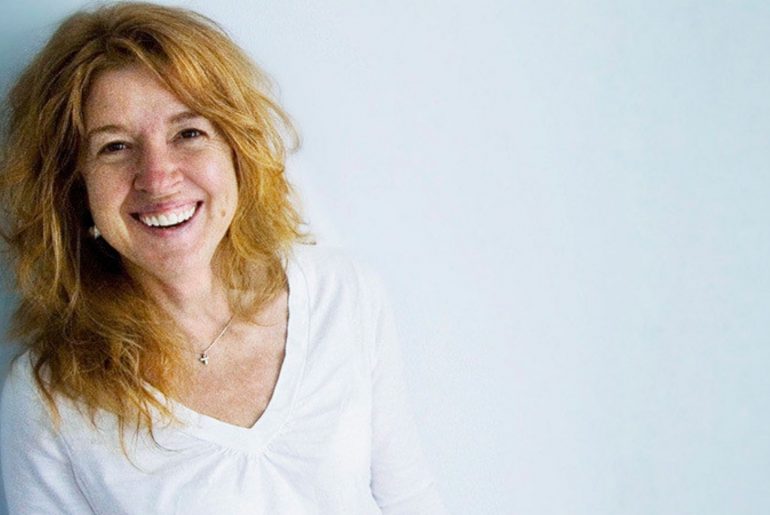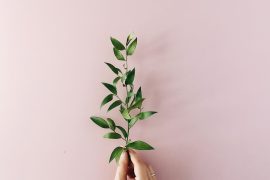Amy Deputy is well-known in Maryland for her long and successful career as a wedding and portrait photographer. She captures moments at weddings and of children that become a family’s treasures.
But “stay at home” in 2020 gave her time to focus with passion on another project – and she turned her creative eye to recreating the garden at her Glencoe property and replanting it with all native species.
We’ve been following your progress posts on Facebook and that is a LOT of work. What inspired you to start this project?
Gardening is a teacher and metaphor in this upside down world. The land and critters fuel my every fascination year round. In gardens I find peace and challenge, another opportunity to create, then deeply, quietly appreciate.
Last year I really got it together in the great outdoors. After seeing Piet Oudolf’s home garden I found tears on my face. Its subtle beauty overwhelmed me.
The pandemic decimated my photography business. I now had the time to devote to my acre. I joined Facebook groups, read Doug Tallamy’s book on backyard habitat creation, devoured information from the Maryland Department of Natural Resources and Ladybird Johnson Wildflower sites.
I’m not a die hard native gardener. My gardens right now are a 60/40-ish mix of straight cultivar natives, native cultivars and things I like but don’t spread and non-natives. My rule of thumb is no invasives like barberry or anything on the DNR list of Top 10 list. My boxwoods, hostas and Dragon Lady hollies for example are “play nice with others” and give ground cover and evergreen structure.
Why is it important to landscape with native species?
I started gardening 25 years ago when I moved to Sparks. My goal was to have a lawnless low maintenance yard. I began using basic xeriscape principles, plants thriving with little watering. I had fast growing non-native and invasive plants like nandina, liriope, vinca, Japanese maple, red Norway maple, yellow flag iris, honeysuckle bushes, burning bushes, Leyland cypress, autumn olive, English ivy, Bradford pear trees, spirea bushes, scotch broom, chameleon plant, gooseneck, barberry, ajuga, butterfly bushes, mulberry trees, wineberry, stilt and misacanthus grasses. I created an invasive wonderland.
A few years ago I took the Master Naturalist class at Oregon Ridge in Hunt Valley. I learned about native plants, food forests, indicator species, and how I could support biodiversity by creating backyard mini-habitat on my acre. That class inspired me to rethink.
I began removing the Top 10 invasive and have worked my way to finally pulling the 50-year-old non-native beautyberry bushes. I yanked shrubs with a ball hitch and chain, rented a chipper and cut trees, removed liriope mats lining walkways, crawled on my knees pulling vinca vice, removed enormous grass clumps with a backhoe, etc.
Five years ago I started again with truckloads of free wood chips, cardboard and my shovel. I left some established plants that do no harm, added shrubs, trees and perennials as host plants, nectar source and shelter and edibles like hazelnut, serviceberry and paw paw. For example, I share my non-native, non-invasive parsley, bronze fennel and dill with the black swallowtail caterpillars and butterflies. White turtlehead supports the threatened Baltimore checkerspot butterfly. Asparagus, blueberries and strawberries intermingle with goldenrod, coreopsis and echinacea.
Amy vs. determined invasive plants – how’s it going?
I’ve rid my place of all listed above and am now working on stilt grass. My idea is to outcompete it with a mix of packera, rudbeckia hirta, Jerusalem artichoke, blue mist flower and monarda fistulosa.
Do you have favorite new plants?
My favorite plant of the day is Twinleaf, Jeffersonia diphylla. It is so delicate and independent. I also love Evening Primrose. Last summer we had “Watch the Primrose Open” viewings at dusk and then the Primrose moth would come swooping in. Watching primroses pop at sundown is awe inspiring.
If we want to landscape with more native species, where do we find advice and resources to get started? (Newsletters, articles, websites, groups?)
Maryland Department of Natural Resources is phenomenal. Their online site is a treasure of information and they offer wonderful workshops and classes like the Master Naturalist and Master Gardener series.
Here are a few go-to’s for me:
• Plant Alternative Ideas
• Coupon for Native Tree at Participating Nurseries
• Good Plant “Look-Up” Site
• Our Permaculture Life
• PlantSnap
• iNaturalist
And then there are a few Facebook groups I love with REALLY smart people: Maryland Area Gardening for the Environmentally Conscious, and Maryland Native Plant Society




